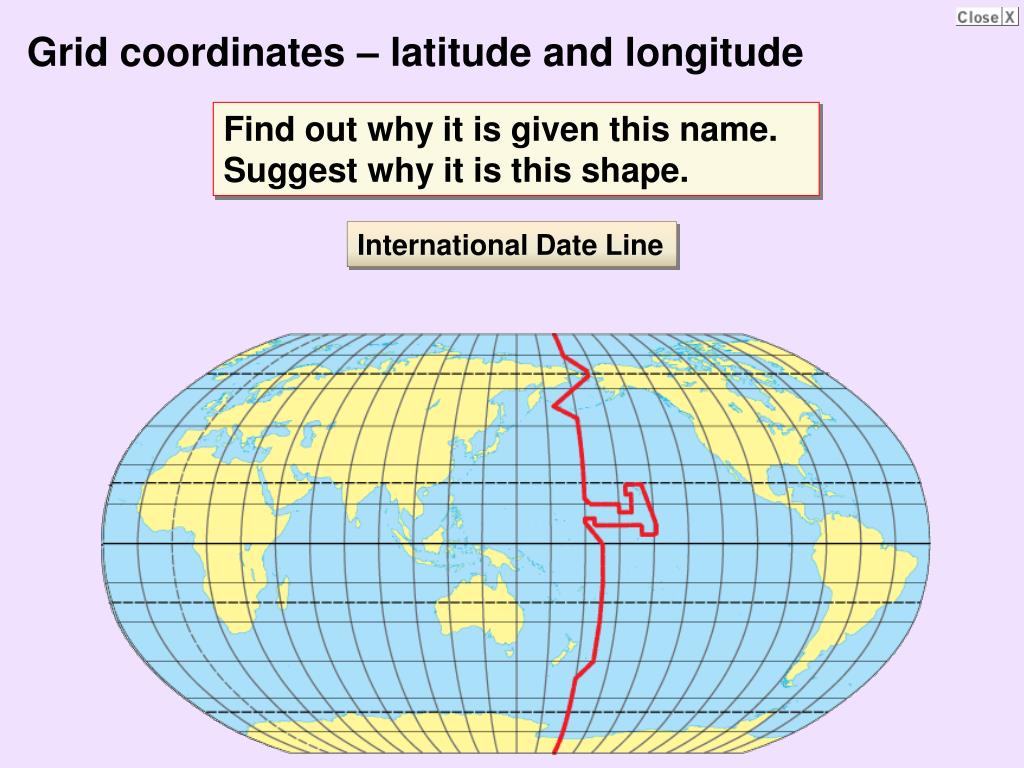

- Converting xy coordinates to latitude longitude registration#
- Converting xy coordinates to latitude longitude free#
Converting xy coordinates to latitude longitude registration#
If you have any problems with the registration process or your account login, please contact us.
Converting xy coordinates to latitude longitude free#
Registration is fast, simple and absolutely free so please, join our community today! By joining our free community you will have access to post topics, communicate privately with other members (PM), respond to polls, upload content and access many other special features. You are currently viewing our boards as a guest which gives you limited access to view most discussions and access our other features. If you are looking for information about Qt related issue - register and post your question. Over 90 percent of questions asked here gets answered.

Qt Centre is a community site devoted to programming in C++ using the Qt framework. Select the forum that you want to visit from the selection below. conversion of x and y coordinates to latitude and longitudeīefore you can post: click the register link above to proceed.In this dialog, change to the format you would like (shape, csv, etc), set a save location, and in the CRS section select "Selected CRS", then click Browse and select "WGS 84" or any other desired coordinate system. Now that you have the data properly imported, all you have to do is right click your layer and select "Save As". If you want to reproject it on the fly, you will need to go to Settings -> Project Properties -> Select "on the fly reprojection" and the desired display coordinate system. They layer should now be correctly displaying in QGIS in it's native coordinate system. If you do not have your data displaying correctly in QGIS (assuming v1.8), you will need to enable the "Add Delimited Text Layer" plugin using the Plugin Manager, then import the data using Layer -> Add Delimited Layer, then proceed through the wizard selecting the appropriate source, x/y columns, and then the correct coordinate system. I interpret your questions as "How do I import X/Y csv data in one spatial coordinate system and export to another coordinate system using QGIS?". Your question is not ArcGIS/QGIS specific. You can then paste it directly into a spreadsheet. You should now have latitude and longitude in your attribute table.ĥ) If you want it in a spreadsheet a quick solution is to click on the invert selection icon (Ctrl-R) and then copy to clipboard (Ctrl-C). Do the same for a second new attribute called "Latitude" and make the expression $y. Select "create a new field", call it "Longitude", and make the expression $x. Toggle editing (ctrl-E) and open the calculator (ctrl-I). Select to add it to the map and click ok.Ĥ) Once your new shapefile is created, right click on it the layer's dialogue and "Open Attribute Table". You can work through the list or use the Filter box to help find the right projection.Ģ) Once it's imported right click on the layer in the Layers panel, and choose "Save as".ģ) Save it as a shapefile, and change "Layer CRS" to "Selected CRS", then browse the projections to find WGS84 EPSG:4326. The next dialogue should be fairly self explanatory.Īfter clicking OK from this dialogue you will be asked for the coordinate system of your input coordinates. in a file called coords.csv you would have: x, yġ) Import it by Layer -> Add delimited text layer. You can import the coordinates as a csv, e.g. The new columns in the attribute table give you lat and lon in degrees. Leave edit mode, then the attribute table.

After saving (which takes some time), do the same for degy and $y. Create a new field named degx, type real, precision 6, and select $x from geometry. Open the attribute table, and click on the pencil symbol at the bottom to enter the edit mode, and then the field calculator icon bottom right. Saving may take some time.įor the next step, you better zoom in to see just a couple of points. to a new file under a different name, selecting EPSG:4326 as CRS for that, and check to add that layer to the canvas. If you want coordinates in lat/lon degrees, just rightclick on the shapefile layer, and Save as. For doing that, you have to set the project CRS to EPSG:3857. With the openlayers plugin, you can add a Openstreetmap or Google background layer. In your case, NAD_1983_StatePlane_Louisiana_South_FIPS_1702_Feet with US feet as units. prj file, and the layer CRS will automatically set right by QGIS. The dataset you mention is a shapefile, a format invented by ESRI, but understood by most GIS software, including QGIS.Īfter extracting the zip, you can add it with Add vector layer and point to the.


 0 kommentar(er)
0 kommentar(er)
